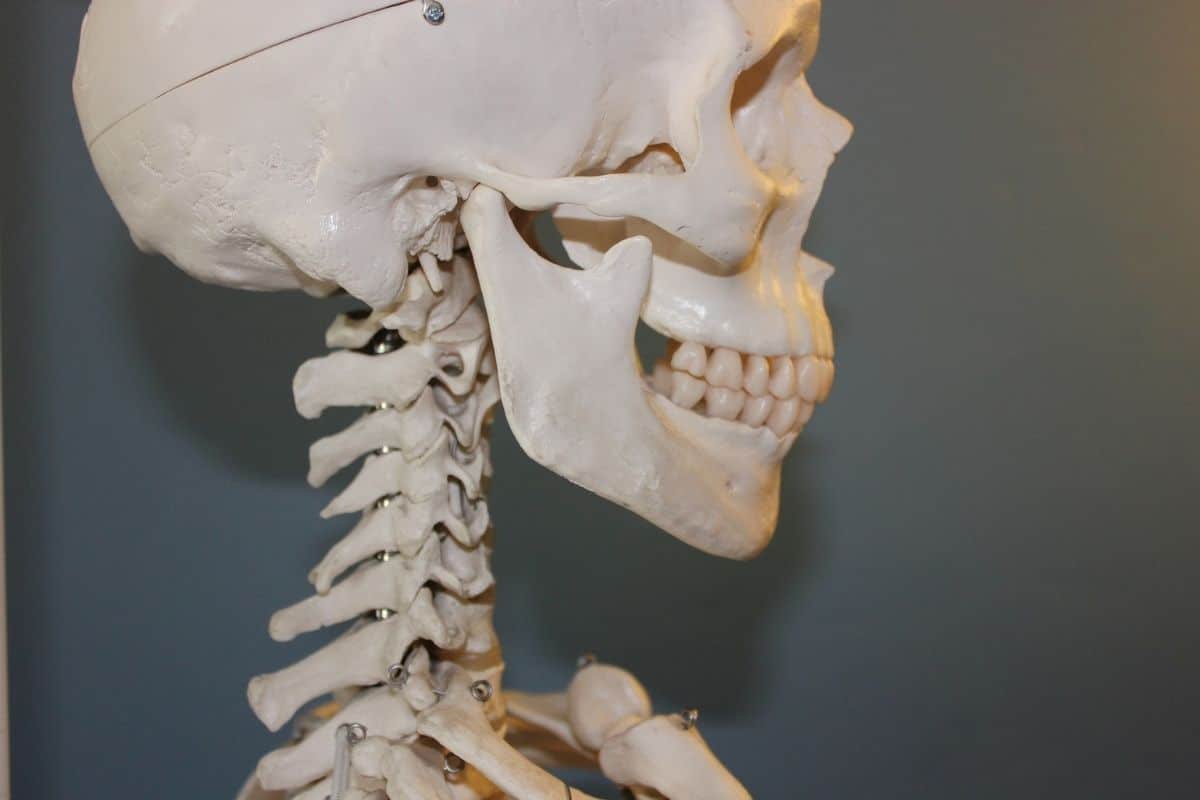
Even in the human body there is apparently still plenty to discover.
You may think that scientists have a good idea of the human body. But apparently human anatomy also has some surprises in store for us. Researchers have come across a until recently unknown part of our jaw muscles. The findings are published in the scientific journal Annals of Anatomy.
Cheek muscle
In your jaw you will find the so-called chewing muscle; the most prominent jaw muscle. Its job is to close the jaw. If you place your fingers on the back of your cheeks and press your teeth together, you will feel the muscle tighten.
Uncertainty
In anatomical textbooks it is generally stated that the chewing muscle consists of two parts: a superficial part and a deeper part. However, there was some uncertainty about this. For example, the structure of the cheek chewing muscle raised some questions in the past. For example, in 1995 it was suggested that the masticatory muscle may have three layers. And also at the beginning of the new millennium, studies pointed in that direction.
Study
In a new study, researchers took a closer look at the chewing muscle. “Given the conflicting findings, we wanted to re-examine the structure of the chewing muscle extensively,” said study researcher Jens Türp. They studied the jaw muscles of deceased individuals who donated their bodies to science and also analyzed MRI scans of a living person.
Masseter pars coronidea muscle
It leads to a remarkable discovery. The scientists have indeed come across a third muscle layer that is even deeper. The overlooked muscle layer is named Masseter pars coronidea muscle got.

The newly discovered muscle layer (red) runs from the back of the cheekbone to the lower jaw. This means that the chewing muscle not only consists of a superficial (S) and a deep (D) part, but also has an even deeper layer (C). Image: Jens C. Türp, UZB
In the study, the researchers describe the new muscle layer in detail. “This deep part of the chewing muscle is clearly distinguishable from the other two layers,” said study researcher Szilvia Mezey. “The arrangement of the muscle fibers suggests that this layer is involved in the stabilization of the lower jaw. It also appears to be the only part of the masticatory muscles that can pull the lower jaw back—towards the ear.”
It’s an interesting find. Because apparently there is still plenty to discover even in the human body. “Our find is comparable to zoologists suddenly discovering a new species of vertebrate,” said Türp. Who would have thought that?
Source material:
“New muscle layer discovered on the jaw” – University of Basel
Image at the top of this article: IAOM-US via Pixabay